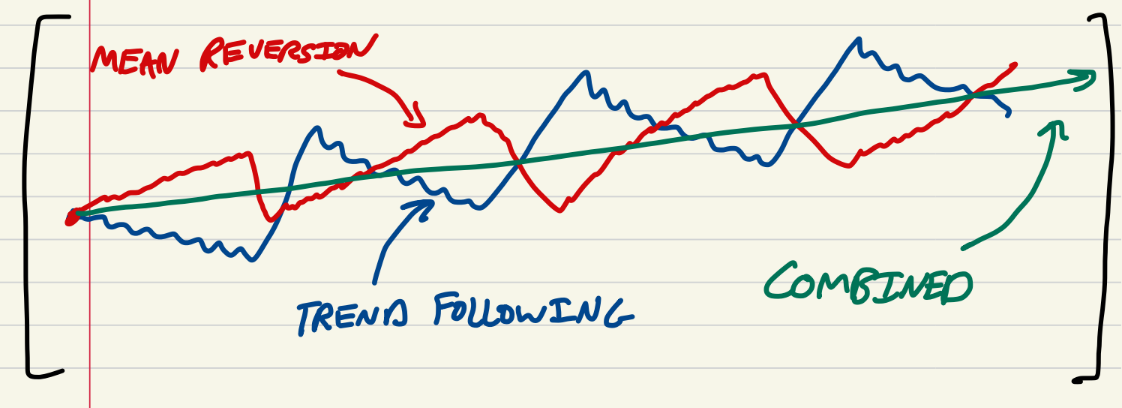Our website contains affiliate links to brokers. If you sign up and make a deposit through our link, we may earn a commission at no additional cost to you. This helps support our content and website. However, this has no bearing on our reviews and comparisons. We strive to provide fair and balanced information to help you make the best decision for your needs.


